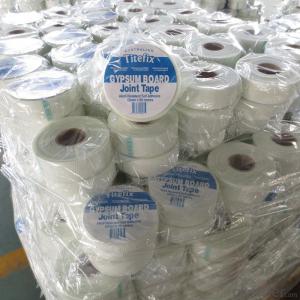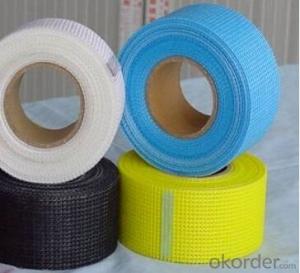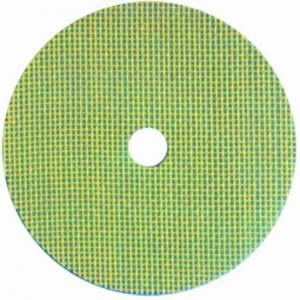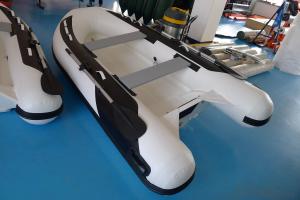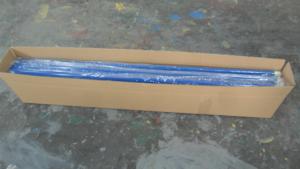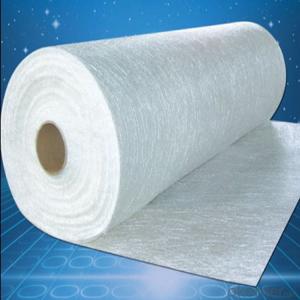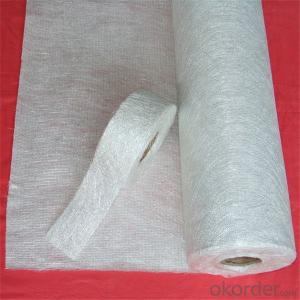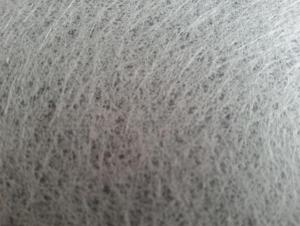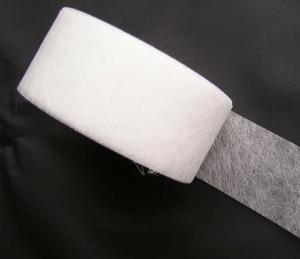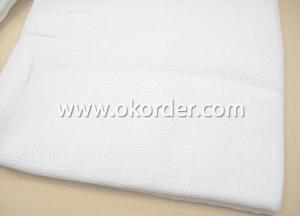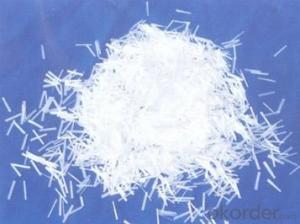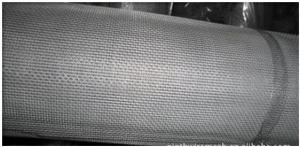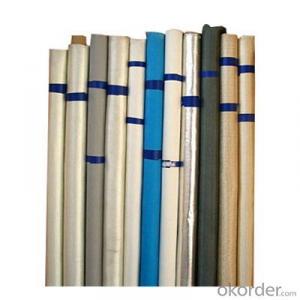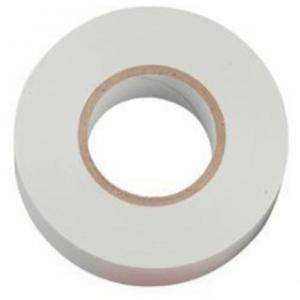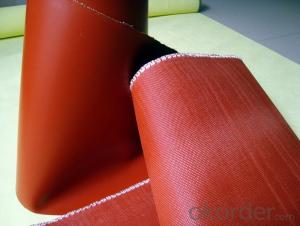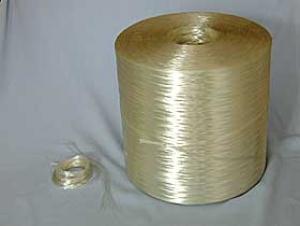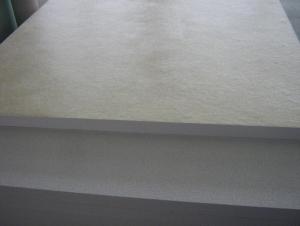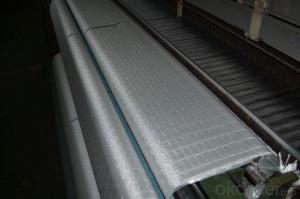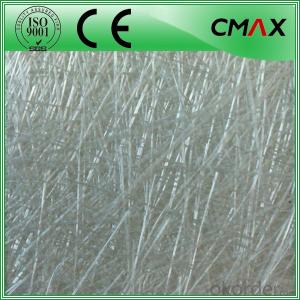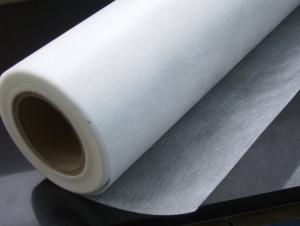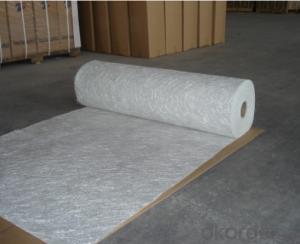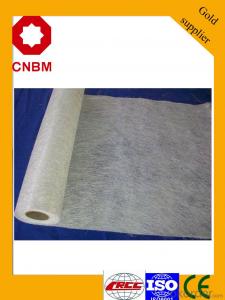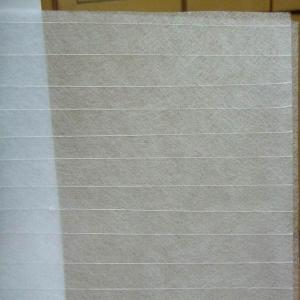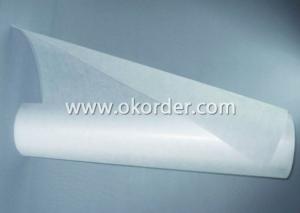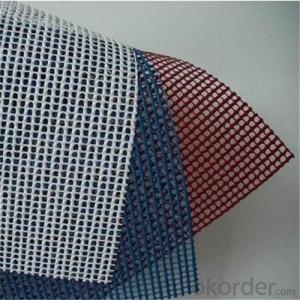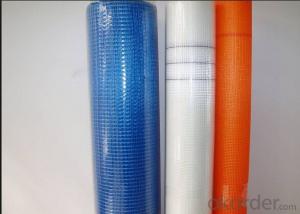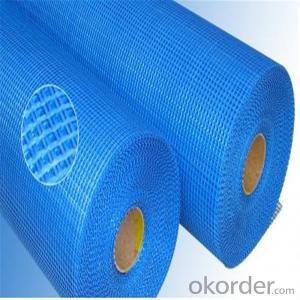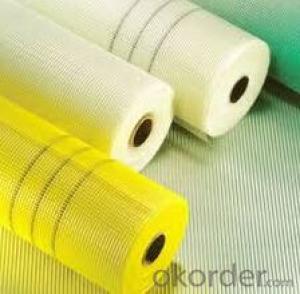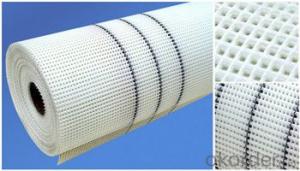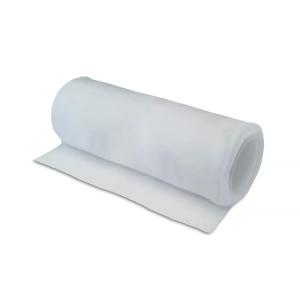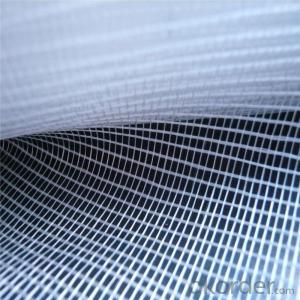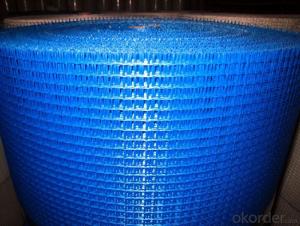Surfboard Fiberglass Repair
Surfboard Fiberglass Repair Related Searches
Fiberglass Pipe Repair Car Fiberglass Fiberglass Roving Fiberglass Fabric Chopped Strand Fibreglass Fiberglass Strands In Skin Fibreglass Fabric Chopped Strand Fiberglass Mat Fiberglass Temperature Resistance Fiberglass Chopped Strand Mat S Glass Fiberglass Chopped Fiberglass Outboard Propeller Repair Fiberglass Drywall Resin Fiberglass Fiberglass Thermal Insulation Fiberglass Woven Fabric Fiberglass Yarn Fiberglass Properties Fiberglass Resin Direct Roving Fiberglass Fiberglass Mechanical Properties Fiberglass Wall Insulation Fiberglass Roll Insulation Fiberglass Woven Fiberglass Roofing Tissue Fiberglass Panels For Roofing Fibreglass Resin Sunbrella Fabric Cleaning Fiber Glass MatSurfboard Fiberglass Repair Supplier & Manufacturer from China
Surfboard Fiberglass Repair is a specialized product line designed to restore and maintain the integrity of surfboards that have suffered damage. This includes a range of materials such as fiberglass cloth, resin, and other essential components that are crucial for the repair process. These products are specifically formulated to provide a strong and durable repair, ensuring that surfboards can withstand the rigors of the ocean and continue to perform at their best.The application and usage scenarios for Surfboard Fiberglass Repair products are vast, as they cater to both professional and amateur surfers alike. Whether it's a minor ding or a more significant crack, these products can be used to effectively repair the damage and extend the life of a surfboard. They are also ideal for surfboard manufacturers and repair shops, who rely on these materials to provide high-quality repairs for their customers. By using Surfboard Fiberglass Repair products, users can ensure that their surfboards remain in top condition, allowing them to enjoy their time on the water without worrying about the structural integrity of their equipment.
Okorder.com is a reputable wholesale supplier of Surfboard Fiberglass Repair products, boasting a large inventory that caters to the needs of various customers. With a commitment to providing high-quality materials at competitive prices, Okorder.com has become a go-to source for surfboard enthusiasts and professionals looking to maintain their equipment. By offering a wide range of Surfboard Fiberglass Repair products, Okorder.com ensures that customers can find the exact materials they need to keep their surfboards in optimal condition, regardless of the extent of the damage.
Hot Products



